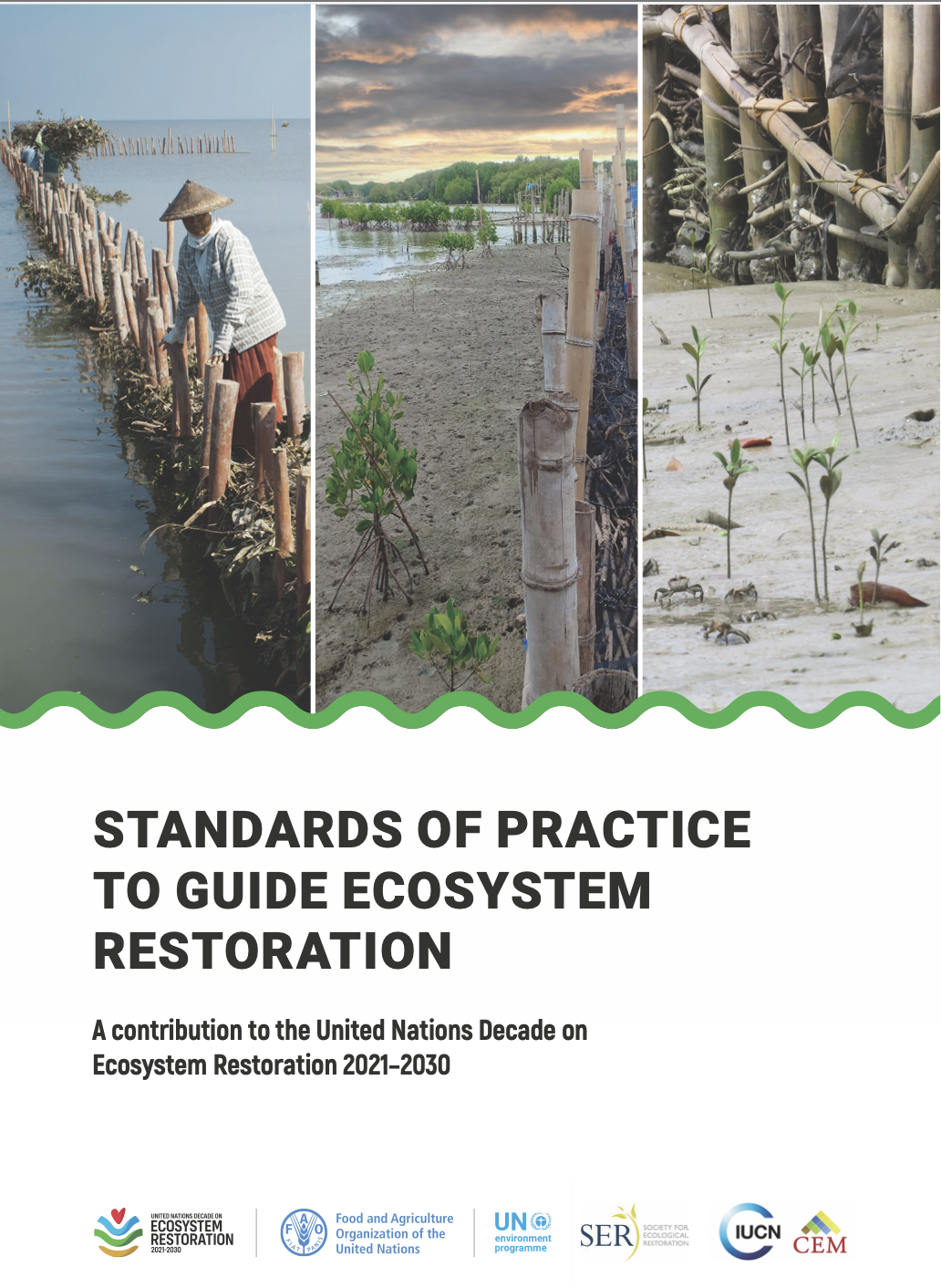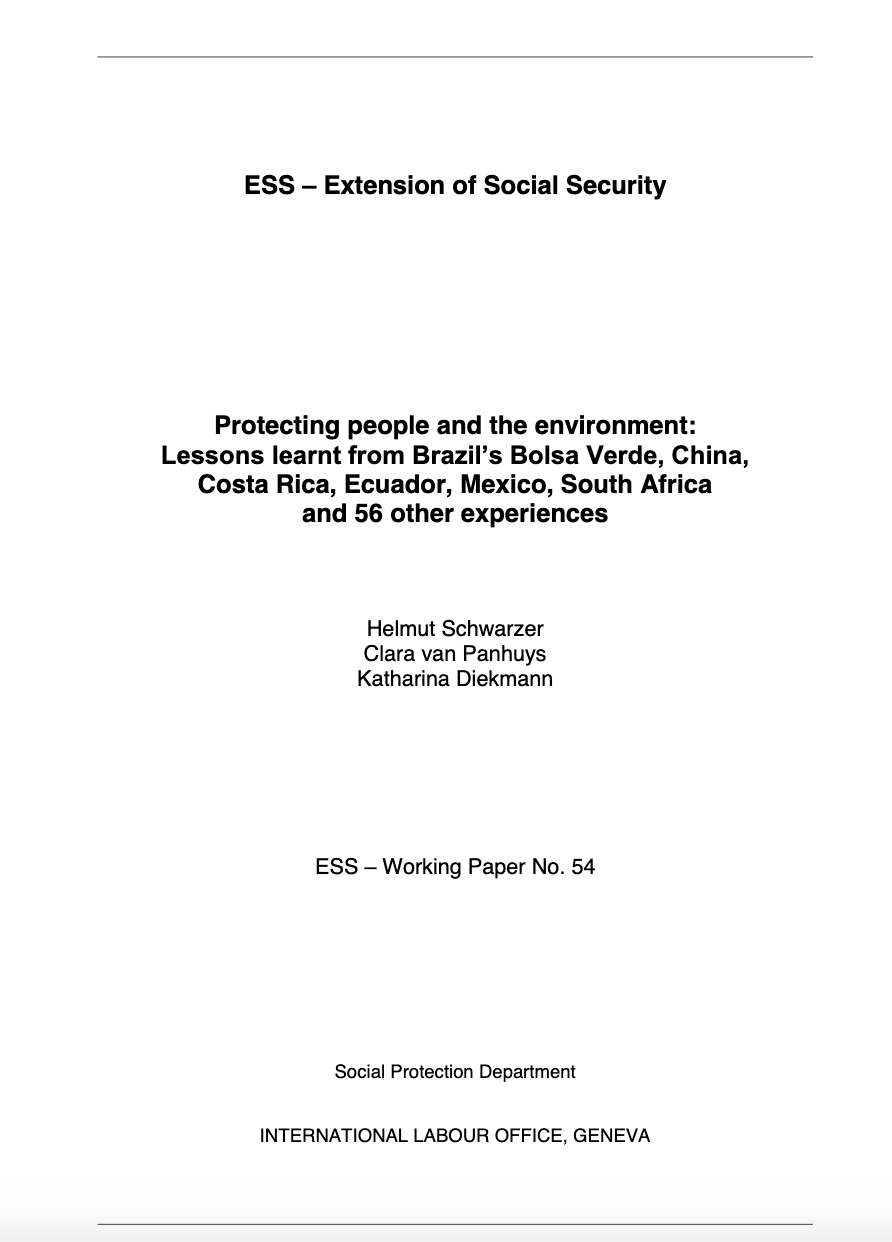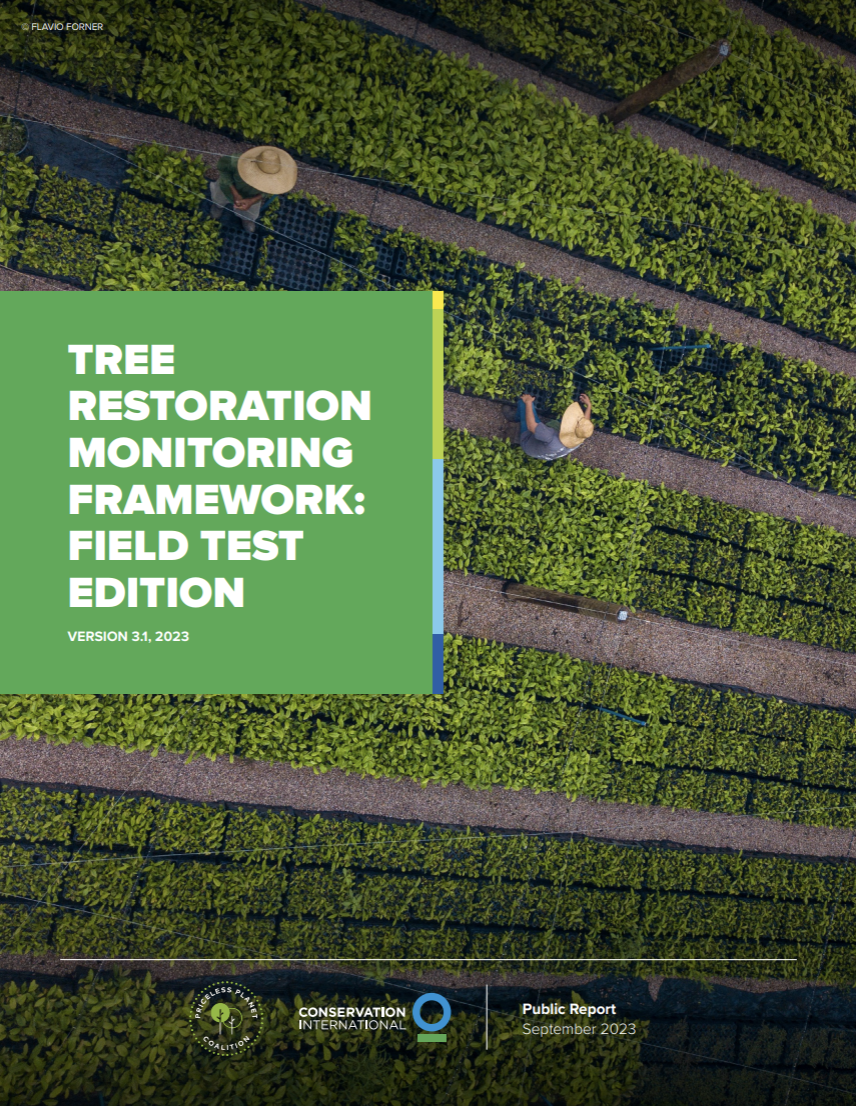Sustainable Finance
Photo credit: © Conservation International/photo by Erickson Tabayag
Decision-support tools like the Restoration Calculator aim to help countries assess the viability and impact of different restoration strategies. These innovations aim to strengthen national capacities, align restoration finance with policy frameworks, and scale up nature-positive investments globally. By doing so, ERIP supports a shift from short-term project cycles to enduring financial resilience.

These standards bring together best practices from a wide range of restoration activities, including sustainable agriculture and ecological restoration. It was developed through a global collaboration led by the Taskforce on Best Practices, established under the leadership of the Food and Agriculture Organization of the United Nations (FAO).

Overview of 56 integrated social-environmental PES programmes in 19 Global South countries

The PPC Program’s monitoring framework tracks progress by measuring changes in ecosystem integrity, socio-economics, and carbon sequestration linked to its interventions